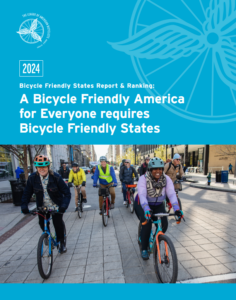
Virginia has fallen out of the top 10 most bicyclist-friendly states, and leaders must recommit to planning, investing, and building for better bicycling to remain competitive nationally.
One of the most recognized national rankings of Virginia is CNBC’s annual ranking of America’s Top States for Business. Virginia has ranked #1 in 2007, 2009, 2011, 2019, 2021, and 2024. This ranking is based on 128 different metrics in 10 key categories of competitiveness to determine which states deliver the most effectively on the things that matter most to business. This is a coveted designation and means a great deal to Virginia’s economic development efforts to attract and retain businesses.
An important ranking recognized by the Virginia Bicycling Federation (VBF) is the now-bi-annual Bicycle Friendly State Report Card published by the League of American Bicyclists, which ranks all 50 states based on bicycle-friendliness. This ranking is based on a comprehensive 50-state bi-annual survey comprising over 100 data points completed by state departments of transportation and state bicycling advocates. The survey focuses on seven (7) key categories (funding, infrastructure, laws, policies, capacity and support, safety, and every ride counts).
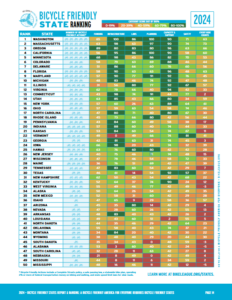
Virginia’s Performance
Virginia had ranked in the top ten since 2017 (10th in 2017, 9th in 2019, and 7th in 2022) and consistently the top state for Bicycle Friendliness in the Southern Region, comprising 13 states, since 2012. In 2024, Virginia dropped to #2 behind Florida. There are three categories where Virginia should focus to make improvements to increase its ranking, specifically in the areas of Policies (ranked 37th), Safety (ranked 35th), and Infrastructure (ranked 22nd).
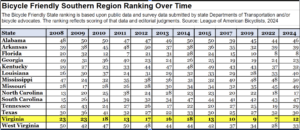
Policy
The 2024 Virginia Report Card shows the statewide bike plan has not been updated since 2011. The bike plan is a critical policy that is weighted heavily in this category’s score. VDOT has indicated it is working on an update, but no public materials are available as of the date of this paper. Additionally, Virginia’s Complete Streets policy was last updated in 2004. Much has developed in bicycle-oriented planning in the past two decades. This defunct policy recommended, for example, two-foot shoulders along Virginia’s unimproved roadways. Today, four feet is currently considered the best practice for wider road shoulders to significantly improve real and perceived safety for both bicyclists and pedestrians. Virginia needs new policies to make planning recommendations to increase spatial separation for vulnerable road users and reduce the risk of collisions with vehicles on streets of all kinds throughout the Commonwealth.
Policies that support the growth of cycling, in addition to being an economic generator, have real impacts on the health and safety of our communities. According to a 2021 report from the Joint Commission on Health Care, 68% of Virginia adults were overweight or obese. The report also found that 38% of children ages 10 – 17 were overweight or obese. Cycling is routinely found to be an effective option for physical activity that results in many potential health benefits for both adults and children, including substantial reductions in all-cause mortality for people of all ages.
Safety and Infrastructure
Ordinary Virginians must feel safe when riding in order to experience the many benefits of riding, regardless of whether a ride is for transportation, recreation, or utility. According to the League’s report card, Virginia ranks 20th in the nation for bicyclist fatalities as a ratio to reported bicycle commuters, 22nd for bicycle infrastructure, and 24th for bicycle-and-pedestrian spending. Logic suggests these metrics are linked. Despite impressive performance in other areas, Virginia is in the bottom half of the US for bike commuters at 28th. Smart and high impact investments in protected bike lanes, paved trails, and completing useful networks of bicycle facilities would greatly improve the scores for all of these categories and reduce the number and severity of crashes for Virginians who choose to bike. Studies routinely show that improvements to roads for biking also benefit pedestrian and driver safety outcomes, and we encourage further development in complete street infrastructure projects to achieve optimal outcomes for all road users.
Additional Opportunities and Context
Legislation: New laws that permit bicyclists to yield at stop signs and to expand permissions to ride side-by-side have been a priority among the bicycling community for several years. Virginia is falling behind other states who have successfully passed these laws. Additionally, Virginia could enable the use of traffic signals exclusively for bicyclists, now included in the updated federal Manual for Uniform Traffic Control Devices.
Infrastructure: Virginia established a $79 million fund dedicated to regional multi-use trails in 2021 and 2022. In that time, no trails have been built with that funding.
Maintenance: Virginia should establish and publish more detailed plans for funding and maintaining its current and planned trails and bikeways.
Coordination: Virginia’s report card suggests that Virginia should host a statewide bike conference to improve coordination and development of bicycling initiatives among state and local agencies.
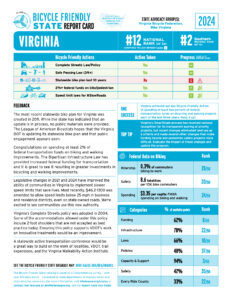
About Us
The Virginia Bicycling Federation, founded in 1980 and operating continuously since 1995 as a 501(c)(3) to support improvements for bicyclists across Virginia, offers insight and expertise in the continued development for bicycling encouragement and safety to state agencies, partner organizations, and riders and their families.
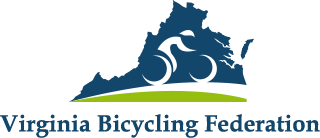
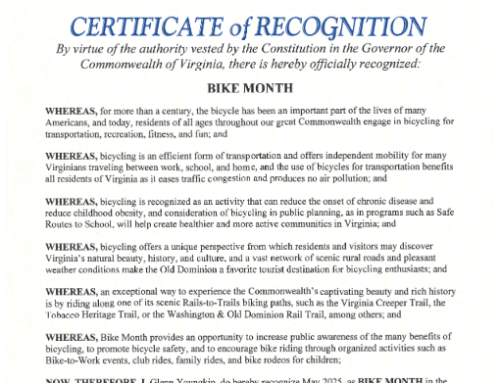
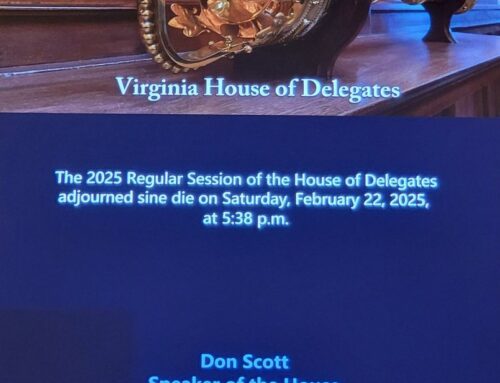
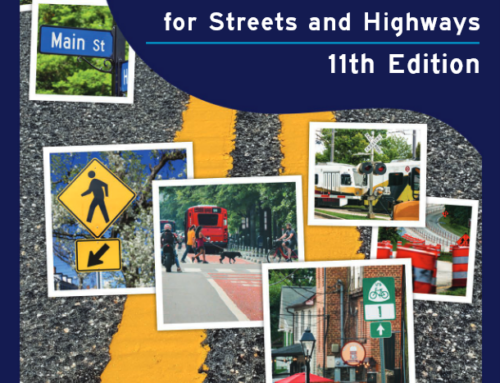
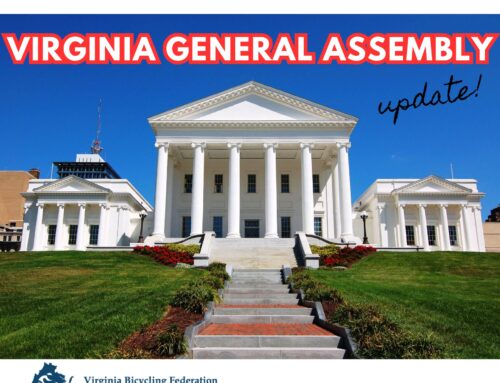
Leave A Comment